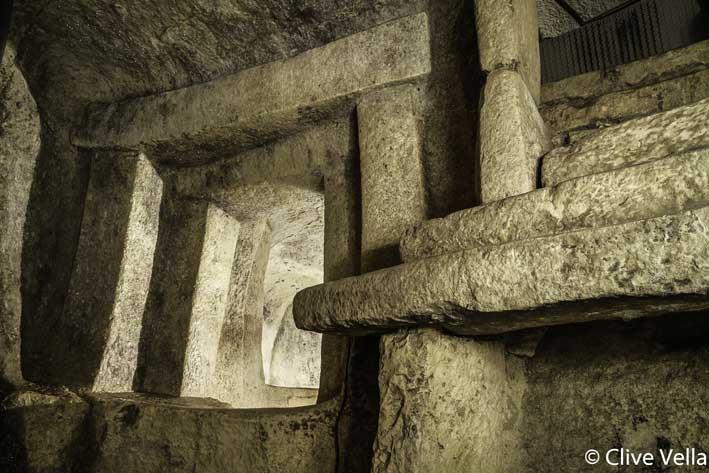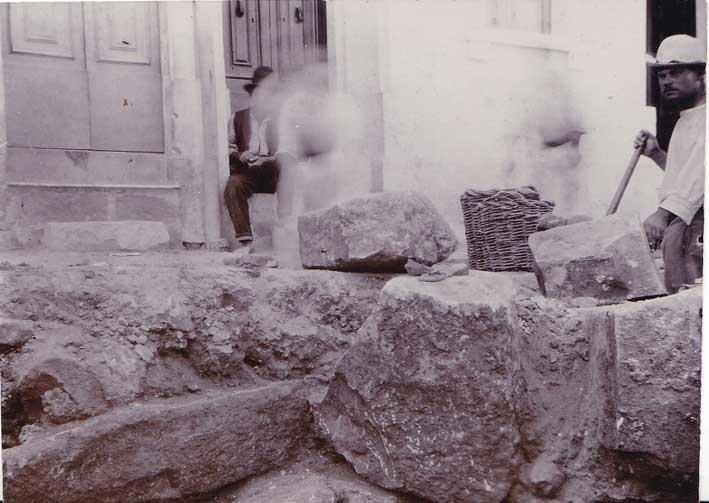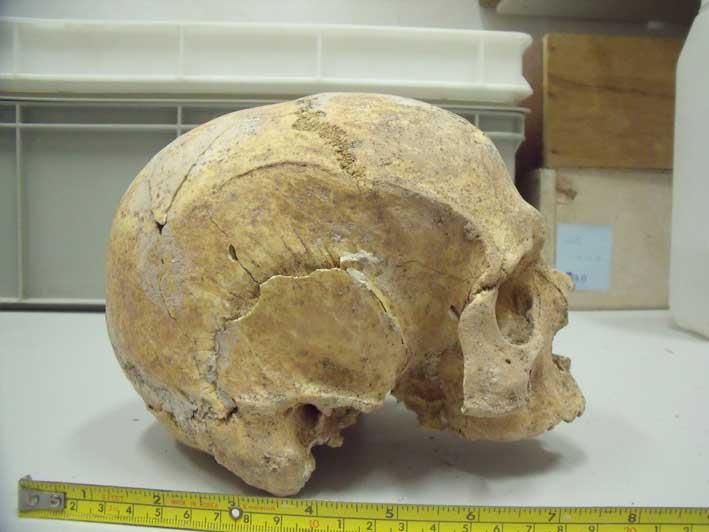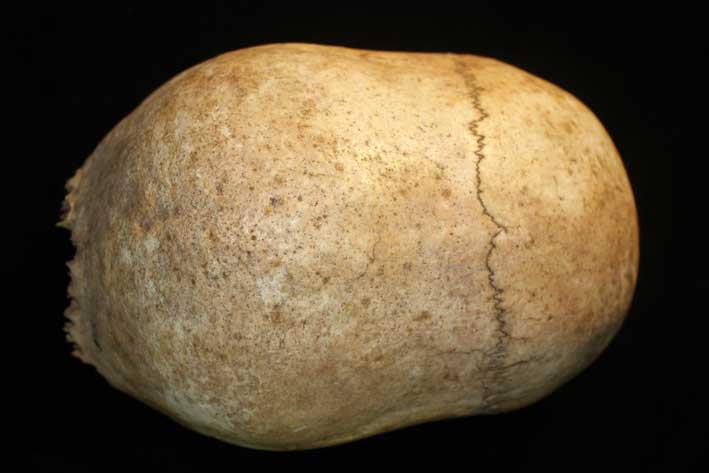Sealed and forgotten from prehistory to the dawn of the 20th century and then alternatively an animal pen, a wartime shelter, a playground for children and a museum, the Hypogeum has yet to yield its secrets.
Much of the origins and function of this collective burial ground, a repository of spiral ochre wall paintings, clay sculptures and skeletons, is shrouded in mystery, fertile ground for suggestive stories.

One myth concerns the discovery of 11 skulls which were discovered "in a state that could be measured" writes Sir Temi Zammit. Unfortunately, the dampness of the subterranean site meant that the majority of the bones disintegrated when touched. Zammit, who was interested in craniology, went on to classify the skulls as being "of the long-headed type". This gave rise to the conjecture that the skulls were akin to the elongated ones found in South America. The removal of six fragmented skulls from the display in 1995, when the National Museum of Archaeology closed for refurbishment, helped fuel the speculation. The fact of the matter is that they are no more elongated than modern day crania. One of the skulls remains on exhibit at the Hypogeum itself. The other skulls will help lay this urban legend to rest when they go back on display in this month's exhibition at the National Museum of Archaeology.

Another quotation by Temi Zammit that is often taken out of context is the assumption that some 7,000 burials were found within the Ħal Saflieni necropolis. This was only an estimate of Zammit, when calculating the number of bones extracted from an area measuring 3m long, 1m wide and 1m deep. From this area, among the bones that he could salvage were 119 right patellae, signifying a minumum amount of approximately 120 individuals. He multiplied the number of actual skeletons which were found, taking into consideration the total area of the caves, the depth of the red soil and the method in which the bones mere massed.

In the celebrated 1975 Australian film Picnic at Hanging Rock, a group of schoolgirls and their teacher go missing on a school outing to an unusual rock formation. Unexplained disappearances seem to spark public imagination. A similar urban legend concerns the "lost children" of the Hypogeum which gained credence and international notoriety after being reported in the National Geographic magazine of August 1940. The article mentions how a group of elementary Maltese school children and their teachers descended into the Hypogeum, entered a burial champer (which subsequently collapsed) never to return. Their mothers, the piece report states, "for weeks declared that they heard wailing and screaming from underground ... but numerous excavations and searching parties brought no trace of the lost souls". None of these claims have been subtstantiated by local newspaper reports or accounts from residents about missing children. Nor have there been any signs of collapse in the Hypogeum. One explanation for the myth is "to warn children of the dangers of these sites" an interpretative panel in the Hypogeum suggests, especially since an analogous story is linked to the Paleochristian catacombs of St Paul's in Rabat.

The 1940s yield another urban legend; this time an encounter with "humanoid beings" covered in white hair. Miss Lois Jessup, a British embassy worker found herself teetering above a large cliff with a steep drop after squeezing into a chamber on the lower level of the site. According to Jessup, across the chamber was a small ledge with an opening in the wall. The "hominids", she maintained popped out from this opening and proceeded to "raise their palms in her direction". The whole episode was snuffed out by a gust of wind, extinguishing her candle.
This myth is easier to debunk as no such chamber exists in this stratum of the museum. Nor is there any opening onto a cliff. The Hypogeum curators explain that in this waterlogged level, reflections from a candle might have "disoriented" anyone new to the site. It is true that the seven "uneven" steps that lead to the lower level do stop abruptly and hang in mid-air and this is because the excavated burial mound, a few metres below, originally reached close to the bottom of the steps. Water course marks on the wall point to the existence of overflows in the winter which might have given Lois the sensation of standing on a cliff with the sea below.
Make up your own mind... Often booked for months in advance, take advantage of the increased availability - one of the very few perks of Covid-19. Contemplate the infinite timelessness of this site this Christmas and spare a thought for the ancients, our ancestors who were so in tune with the cosmos and spent generations in the torchlit darkness tunneling out these subterranean chambers.
Rediscover the magic of the Hypogeum this December and receive complementary gift vouchers which can be redeemed at all Heritage Malta gift shops.
For booking visit: https://booking.heritagemalta.org/
Warren Joseph Bugeja, Executive Communications, Heritage Malta